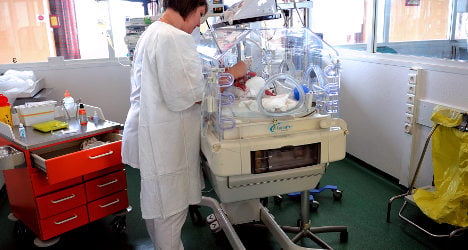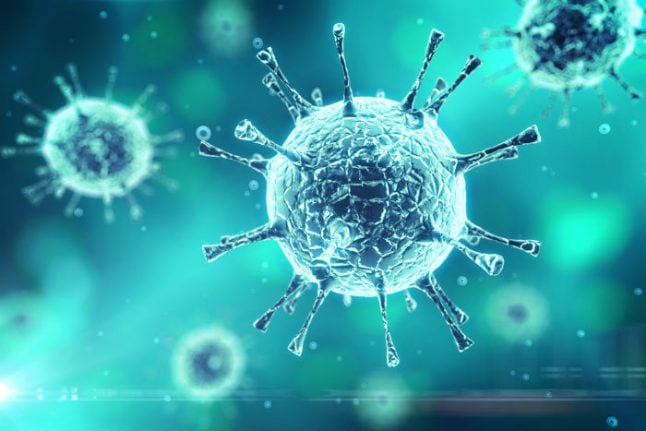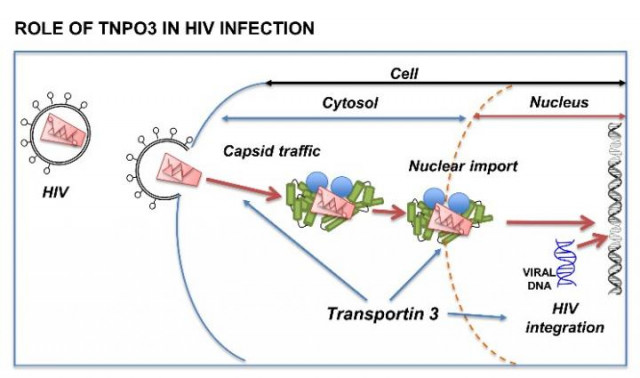The young woman, now 18, is not considered cured, but is doing perfectly well off treatment, said the research led by Asier Saez-Cirion of the HIV, Inflammation and Persistence Unit at the Institut Pasteur in Paris.
Never before have scientists known of a case in which an HIV-infected child goes into long-term remission, said the study presented at the International AIDS Society meeting in this western Canadian city.
“We can detect HIV in the cells, but what we cannot detect is viral replication in the plasma,” Saez-Cirion said in an interview.
“We don't know yet why this girl was able to control the infection.”
The girl does not have the genetic factors associated with natural control of infection, which has been seen in a rare group of patients.
“Most likely, she has been in virological remission for so long because she received a combination of antiretrovirals very soon after infection,” said the report.
The young woman, whose identity was not revealed, was infected with HIV either in utero or during childbirth.
When she was five, her family dropped out of the treatment program for unknown reasons. When they returned her to medical care one year later, she “was found to have an undetectable viral load,” said the report.
Doctors decided not to resume antiretroviral treatment for the child, but monitored her.
Researchers said the unconventional case bolsters growing evidence in adults that starting treatment immediately after HIV infection is essential.
Her case “suggests that long-term remission after early treatment is possible in children infected by HIV,” said the report.
Single case
There was a previous case of a baby who was born with HIV in the US state of Mississippi and went into an extended remission, but her case lasted only 27 months after antiretroviral therapy was stopped.
So researchers urged caution in interpreting the results, and said doctors do not recommend anyone stop their antiretroviral treatment.
“This case is going to be inspiring for people living with HIV and working in the field,” said scientist Sharon Lewin, who co-chaired a symposium earlier this week on finding a cure for HIV.
The meeting has drawn more than 6,000 HIV professionals from around the world.
“My reservations are, it's a single case,” Lewin told AFP.
“It's also uncertain whether the teen would have controlled (her HIV infection) without any treatment. We know one percent of people who become infected naturally control the virus and don't require treatment.”
The girl's case may not be unique, but it is the first identified by researchers, said Saez-Cirion.
“I'm sure there will be others in the future,” he said, noting there are still relatively few studies of children infected at birth who are now young adults and have been monitored for their entire lives.
Lewin cautioned that no one should become complacent about finding a cure in the face of growing evidence showing it is possible to treat HIV.
“The reality is there are still two million new infections and 1.5 million deaths a year from HIV and 35 million living with HIV,” said Lewin.
“Whether we can really fund that, sustain and keep people in lifelong care is unclear.”
Saez-Cirion said the findings offer direction for future research.
The case “shows that remission is possible, but rare. We need to understand why it's not common, and which mechanisms are (involved) so that we can treat a larger population.”




 Please whitelist us to continue reading.
Please whitelist us to continue reading.
Member comments